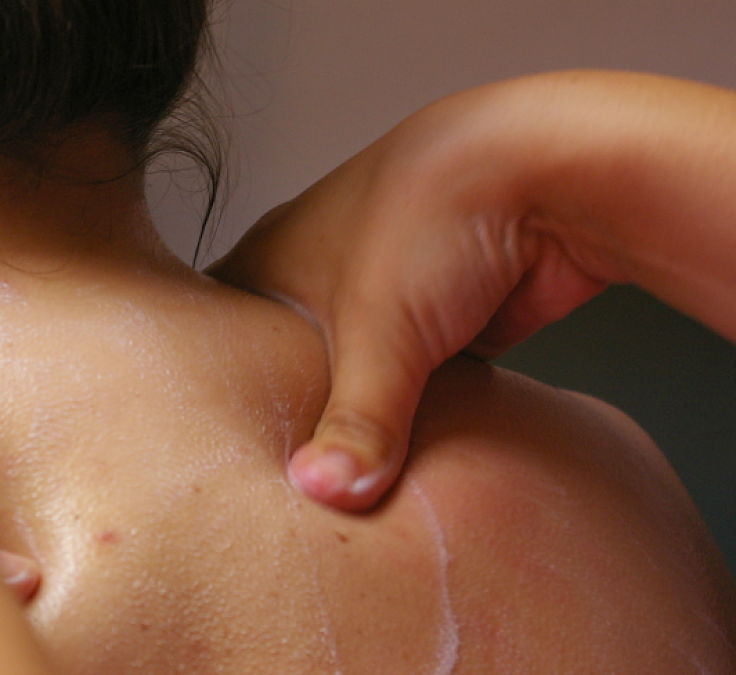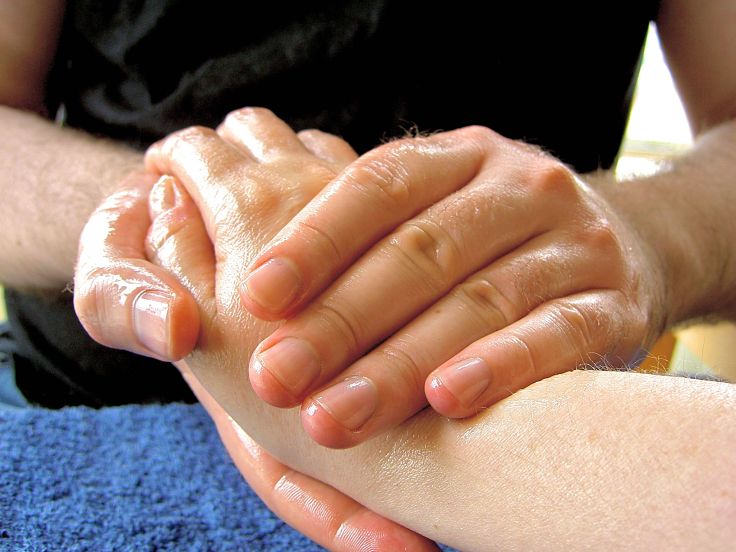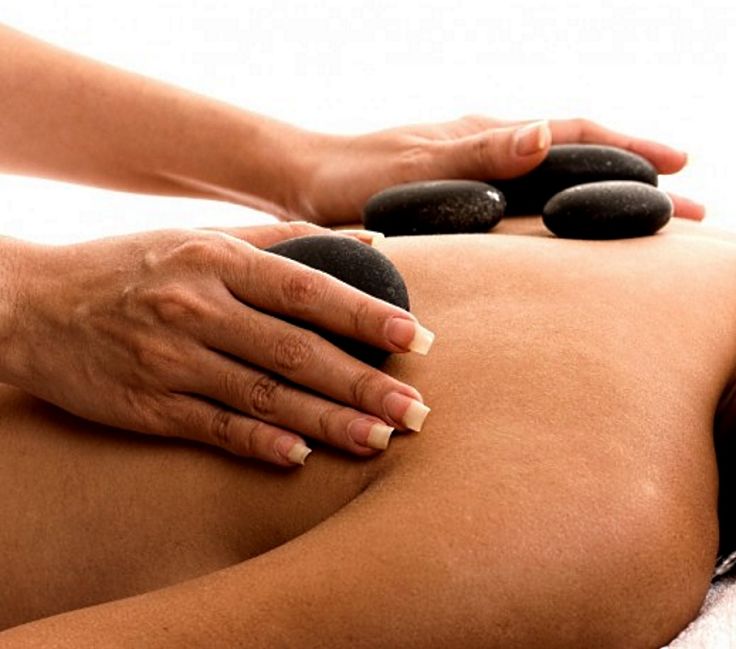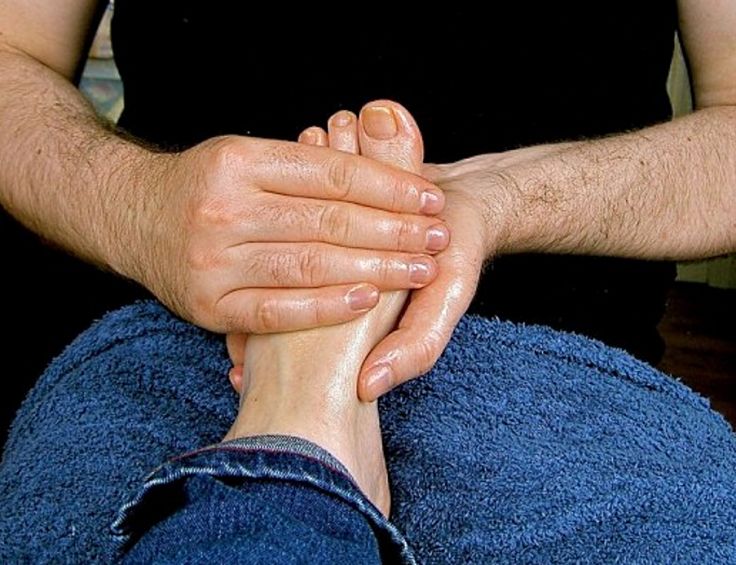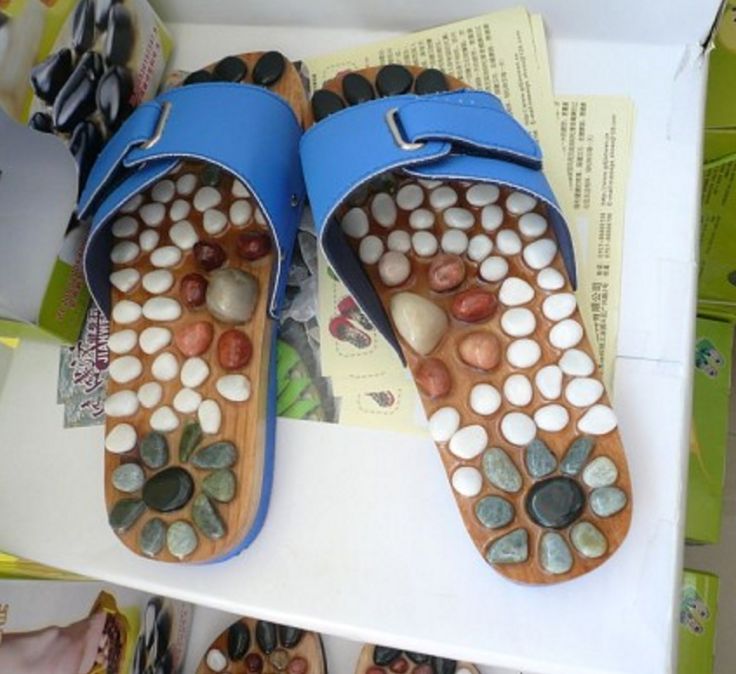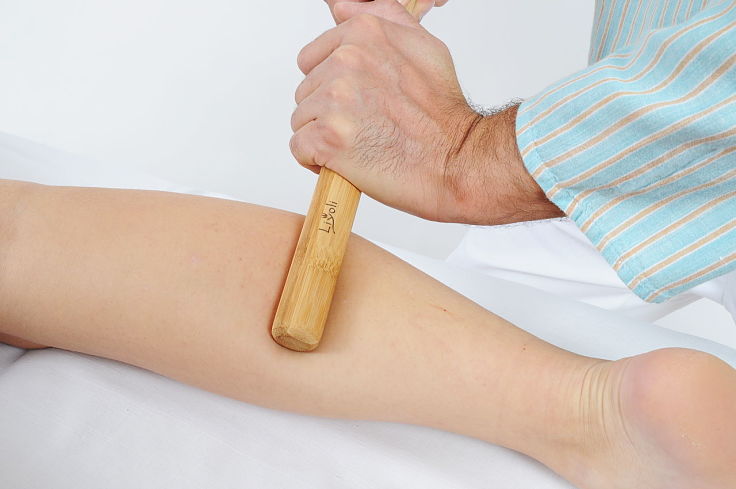Benefits Sports Massage to Relieve Muscle Aches - Why Massage Works
Many athletes and people who train regularly and play sports such as tennis and soccer have massages to stretch and soothe aching muscles. Many people also use massage as a relaxation technique. Now researchers are beginning to understand how massages work in soothing aching muscles in ways beyond stretching and relaxation effects. They are also looking at the relative merits of massage compared with various drugs that are taken to reduce the pain and inflammation caused by hard training or sports events.
A massage after strenuous exercise, particularly games involving strains and bumps, feels good and it seems to lessen the pain, help relieve tension,
and help muscles recover and relax. Many health professionals and athletes also contend that massaging improves blood flow, eases inflammation and
reduces muscle tightness and strains. But the beneficial effect of massages had not been fully studied to confirm these claims.
Researchers
asked a group of people to cycle to exhaustion and then took muscle fiber samples from their legs before and after exhaustive vigorous exercises, and
after a ten minute massage of one leg and again after two and a half hours of rest, to see what happened. The study was published in the journal Science Translational Medicine.
In summary, the study found that apart from the general benefits of massage, it was shown that it reduced inflammation and actually promoted the recovery process for muscles that were damaged slightly through exercising to exhaustion.
Research Findings Show Why Massages Work
For each of the eleven subjects, they took muscle samples from one leg at rest. The subjects were then required to exercise for about an hour on a stationary bicycle until completely exhausted. They then massaged one of the thighs of each subject for 10 minutes. The other thigh was not massaged but recovered normally.
Muscles sample were taken from both legs to see the effect of the massage. Further samples were taken after two and a half hours of rest, to examine the effect of the massage on the processes of inflammation and repair of muscle injury caused by the exercise.
Vigorous exercise causes tiny breaks in muscle fibers, causing inflammation, which is the body's response to repairing the injured cells.
It may seem unreasonable to suggest that a simple massage could affect this process, but that is what was being tested.
The researchers conducted tests to compare the tissue from the unmassaged and massaged legs to compare the repair processes.
They discovered that the production of compounds called cytokines was reduced, indicating that inflammation was reduced. Massage also stimulated the powerhouse of the cells (mitochondria) indicating that it stimulated the repair process itself.
This showed that massage helped the muscle adapt to increased exercise by stimulating the recovery process.
The researcher found that massage worked differently from common anti-inflammatory drugs, which reduce the pain and inflammation, but appeared to retard healing.
With massage, you get a double-whammy result - the massage can reduce inflammation and stimulate cell recovery, all without the negative effects of drugs.
The cost of getting a massage is obviously high than taking an aspirin or another drug, but massage techniques can be taught and people within families or groups can learn to massage each other.
In the long term, massage can be cost effective when the side effects of drugs are considered, and the long term slowing of recovery and tissue repair.
